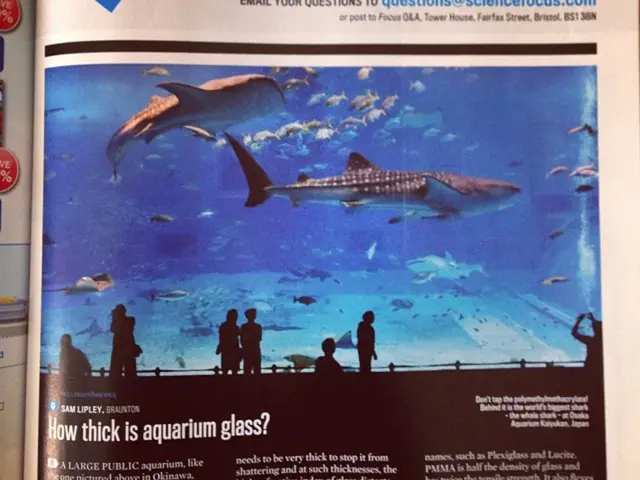Title: SpaceX's Upcoming Starship Test Flight: An Unprecedented Journey
SpaceX is preparing for the seventh test launch of its Starship, aiming for liftoff as early as January 10. As per SpaceX CEO Elon Musk's announcement on Twitter in late December, this journey promises to be spectacular. The company's keen enthusiasm for the upcoming endeavor is palpable, as they're set to introduce a series of updates to the Starship for this test flight.
The spacecraft is set to undergo several notable enhancements, with improvements in reliability and performance being at the forefront. One such upgrade includes a reduction in the forward flap's size and relocation higher on the rocket. This adjustment aims to minimize heating during reentry, ensuring the Starship's continued survival.
The propulsion system also receives a significant boost with a 25% increase in fuel capacity. This upgrade not only improves the vehicle's range but also maximizes performance, allowing for extended missions. Additionally, vacuum jacketing of feedlines and a more efficient fuel feedline system further bolster the vehicle's operability and reduce the risk of failure.
Starship's avionics undergo a complete redesign, now featuring a more powerful flight computer and integrated antennas. These modifications enhance the system's ability to handle intricate tasks such as propellant transfer and ship return to the launch site. Furthermore, the avionics upgrade includes redesigned inertial navigation and star tracking sensors and integrated smart batteries to augment performance and redundancy.
Heat shield upgrades are also being implemented, with the vehicle now utilizing the latest generation tiles and a backup layer to protect against missing or damaged tiles during reentry. Reduced forward flaps and optimized shield tiling mechanisms further minimize heating exposure while maintaining thermal protection.
Approximately 30 cameras throughout the vehicle gather data to provide engineers with detailed insights into Starship's performance during flights. The vehicle's high-definition video and telemetry streaming capacity of more than 120 megabits per second enable rapid system iterations.
The upcoming test flight is expected to mark a first for Starship: a payload deployment test. Ten Starlink simulators will be released, mimicking next-generation satellite size and weight. These test payloads will adopt simultaneous suborbital trajectories with Starship, targeting a splashdown in the Indian Ocean.
In 2024, SpaceX successfully carried out Starship's last test flight and booster catch in October. This breakthrough gives the company hope to relay both Starship's booster and upper stage in the future. SpaceX aims to catch the upper stage using Mechazilla, and if successful, launch the megarocket up to 25 times in 2025.
SpaceX's ambitions can be witnessed politically, as the Federal Aviation Administration holds a public meeting to discuss increasing the number of annual Starship launches. These enhancements and improvements aim to solidify Starship's position in NASA's Artemis program and potentially prepare for missions to Mars.
The advancements in Starship's technology are rooted in both science and future innovations, with SpaceX aspiring to use itsupdated propulsion system for extended missions in space. Elon Musk envisions a future where Starship could potentially transport humans to Mars, making significant contributions to space exploration.








